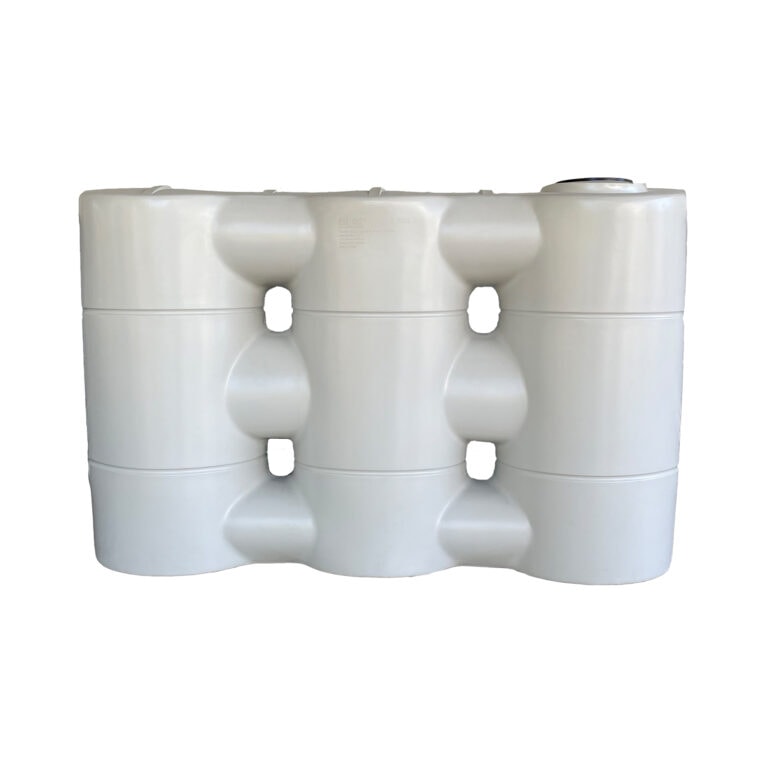Discovering the Different Usages of Rain Tanks for Residential and Commercial Residences
As the international emphasis on sustainable living techniques proceeds to increase, the utilization of rain tanks in both domestic and commercial setups has actually become a pertinent remedy. These storage tanks supply a reservoir for rainwater harvesting, offering a myriad of possible applications that extend far beyond mere storage space. From irrigation to toilet flushing and landscape design, the versatility of rainwater storage tanks is huge. Additionally, their integration right into business residential or commercial properties opens up a realm of opportunities for eco aware organizations. The multifaceted usages of rainwater containers present a compelling situation for their adoption, not just as a functional water-saving measure but likewise as a testament to liable resource administration.
Advantages of Using Rainwater Storage Tanks
Making use of rainwater tanks supplies many benefits for both houses and areas in regards to water preservation and sustainability. One of the key advantages of making use of rainwater storage tanks is the considerable reduction in reliance on keys water - Slimline water tanks. By catching and saving rainwater for later usage, individuals and neighborhoods can lower their need for treated water, inevitably relieving the problem on water therapy centers and decreasing energy consumption linked with water transportation and treatment
Additionally, rainwater collecting through storage tanks gives a reliable alternate water source during times of water constraints or shortages. This saved rain can be utilized for numerous non-potable purposes such as irrigation, purging bathrooms, and washing garments, reducing the pressure on conventional water resources. Additionally, utilizing rainwater storage tanks can bring about cost savings for both homes and areas by lowering water expenses and lowering the need for expensive framework expansions to fulfill expanding water needs.
Fundamentally, the usage of rainwater containers supplies a lasting and eco-friendly strategy to water administration, profiting both individual customers and the more comprehensive neighborhood in regards to water conservation, cost-efficiency, and strength.
Rain Storage Tank Usage in Irrigation
Provided the benefits of rainwater storage tanks in preserving water resources and decreasing dependence on keys supply of water, a significant application exists in utilizing stored rain for irrigation functions - Slimline water tanks. Rainwater gathering systems can efficiently accumulate and keep rainwater, supplying a sustainable water source for watering gardens, yards, and farming areas. By making use of rainwater for irrigation, property owners can decrease their dependence on treated water resources, resulting in cost savings and ecological benefits

One of the main benefits of using rain for irrigation is its pureness. Rainwater is naturally soft and devoid of the chemicals and additives commonly found in keys water, making it suitable for beneficial plants without the risk of unsafe effects. Additionally, rainwater goes to ambient temperature level, which can benefit plant growth by avoiding temperature level shocks that can occur with cold mains water.
Rain Containers for Toilet Flushing

Applying rain tanks for commode flushing is an economical and eco-friendly method that can be quickly incorporated into both domestic and commercial properties. The kept rain can be utilized to flush bathrooms by linking the learn this here now storage tank to the existing plumbing system. This simple yet effective remedy can significantly decrease water intake in a structure, particularly in locations where water deficiency is an issue.

Incorporating Rain Containers in Landscape Design
A reliable technique for improving sustainability in landscape design involves incorporating rainwater containers to optimize water use and advertise eco-friendly techniques - Slimline water tanks. Including rainwater containers in landscape design provides many benefits for both household and commercial properties. These storage tanks can capture and store rain overflow from roofs, which can then be utilized for watering gardens, grass, and plants. By using rainwater for watering purposes, homeowner can minimize their reliance on metropolitan water resources, causing cost savings and preservation of valuable water sources.
Along with supplying a sustainable water resource for landscaping demands, rain containers can also assist in handling stormwater overflow. By recording rain that would or else move right into storm drains, these containers can reduce erosion, minimize flooding threats, and avoid pollution of all-natural water bodies. Additionally, including rainwater you could look here tanks in landscaping can add to the overall aesthetic appeal of the residential property, showcasing a dedication to environmental stewardship.
Business Applications of Rain Storage Tanks
Utilizing rain tanks in industrial setups offers a lasting solution for water administration and conservation, benefiting organizations and the environment alike. Commercial applications of rain storage tanks vary and progressively popular as a result of the price financial savings and environmental benefits they supply. One key business usage is for irrigation purposes, where harvested rain can be used to water landscape design, yards, and farming fields bordering commercial properties. This can cause significant decreases in water bills and dependence on community water resources.
Furthermore, rainwater tanks can be integrated into the fire reductions systems of business buildings. By having a committed water source for firefighting functions, services can boost their fire precaution and potentially minimize insurance costs. In addition, rainwater accumulated in storage tanks can be dealt with and used for non-potable purposes within industrial homes, such as flushing toilets, cleansing, and cooling down systems. This not only conserves freshwater sources however additionally decreases operating prices for companies. On the whole, the incorporation of rain containers in commercial setups offers a practical and ecologically responsible approach to water administration.
Conclusion
To conclude, rainwater tanks supply numerous benefits for both domestic and business properties. From watering to bathroom flushing and landscaping, the usage of rainwater tanks can assist save water resources and decrease water costs. Additionally, including rain containers in commercial settings can lead to substantial cost savings and ecological benefits. In general, the versatility and sustainability of rain containers make them a valuable investment for any kind of home proprietor aiming to increase water efficiency.